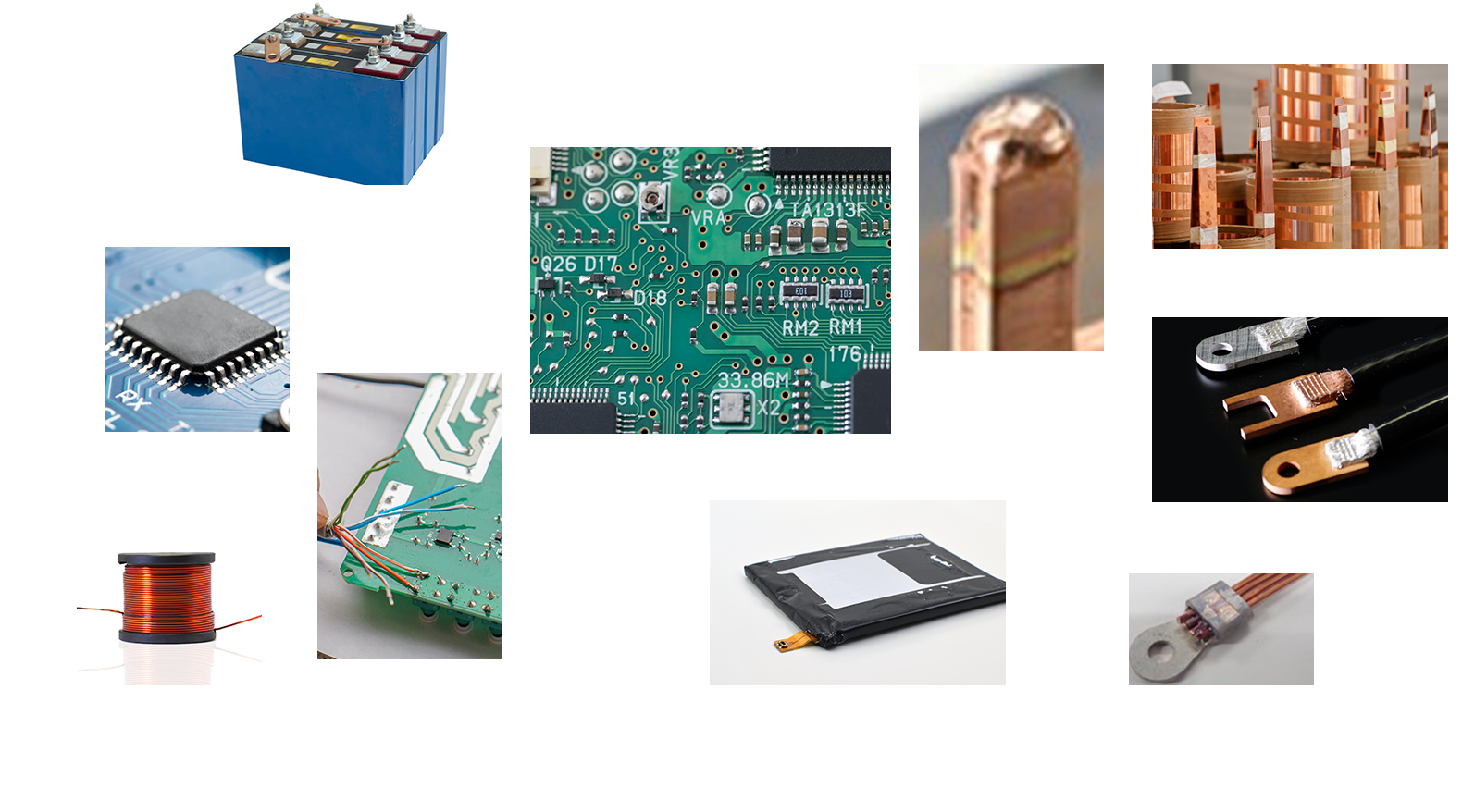Patented technology that can join dissimilar materials with
different melting points, such as steel and aluminum
Joining Technology


Joining is one of the essential processes to combine two or more members to make products with more sophisticated shapes.
Recently, dissimilar joining, in which materials with different properties are used in the right places for lighter weight and reduced cost, has been attracting more attention.
FCC's unique joining technology (ring mash joining), which was researched and developed, has made it possible to join dissimilar materials with different melting points, which was previously thought to be impossible.
FCC's joining technology, which has been cultivated through clutch manufacturing, is evolving daily with our development capability to create unique manufacturing methods and will respond to the needs of the new era.


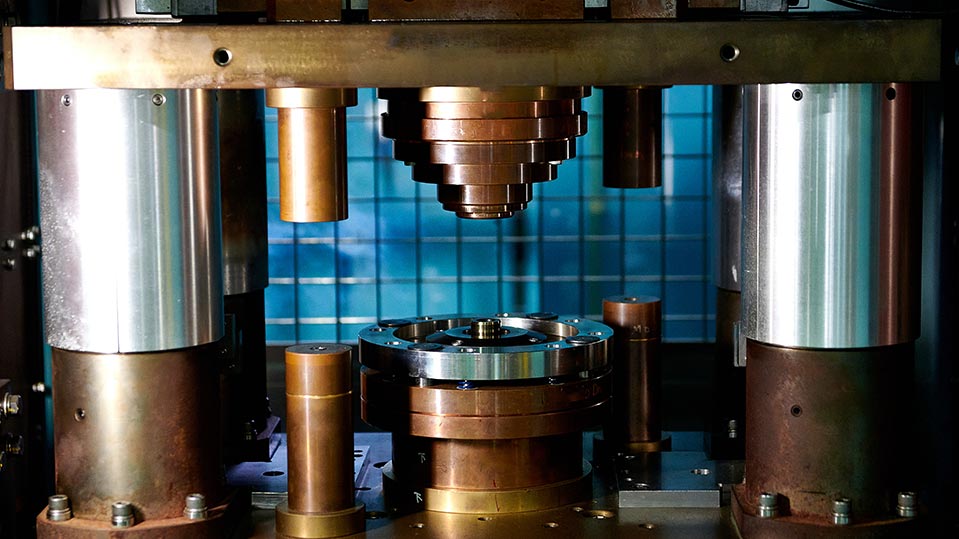
Selection of Optimal Joining Process to Suit the Material and Needs
We possess a comprehensive range of joining technologies, including TIG, MIG, laser beam welding, ring mash joining, and ultrasonic joining. We can propose optimal joining methods according to the combination of materials based on the accumulated features and know-how of joining methods cultivated through the manufacturing of clutch products over many years.
Jig Design
Optimal jig design plans are created based on accumulated data, and 3D CAD is utilized to shorten the development lead time.
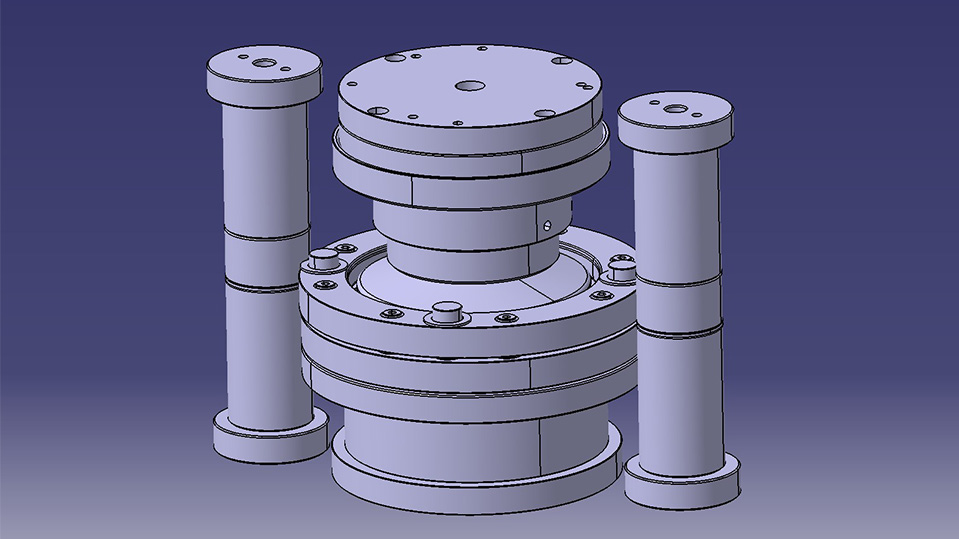
CAE Joining Prediction is Under Development
A simulation technology for ring mash joining is under development.
Through the visualization of events, product specifications, jig design, and condition settings are verified to allow a decision on feasibility prior to the actual TRY, thereby reducing the development lead time.
TRY according to Product Needs
Full lineup of research equipment, including the ring mash joining machine. Setting of conditions suitable for product requirements and prototyping. In addition, we possess ultrasonic welding machines for joining dissimilar materials.
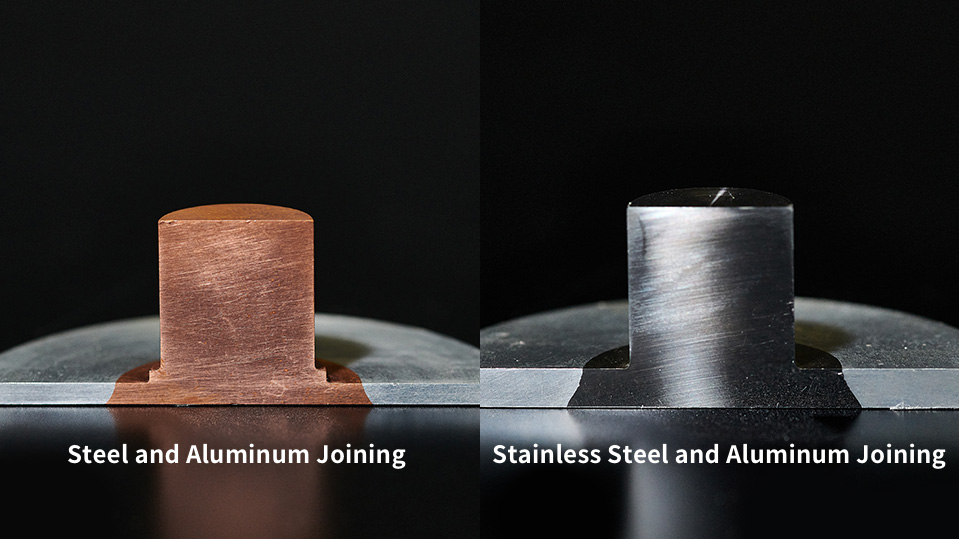
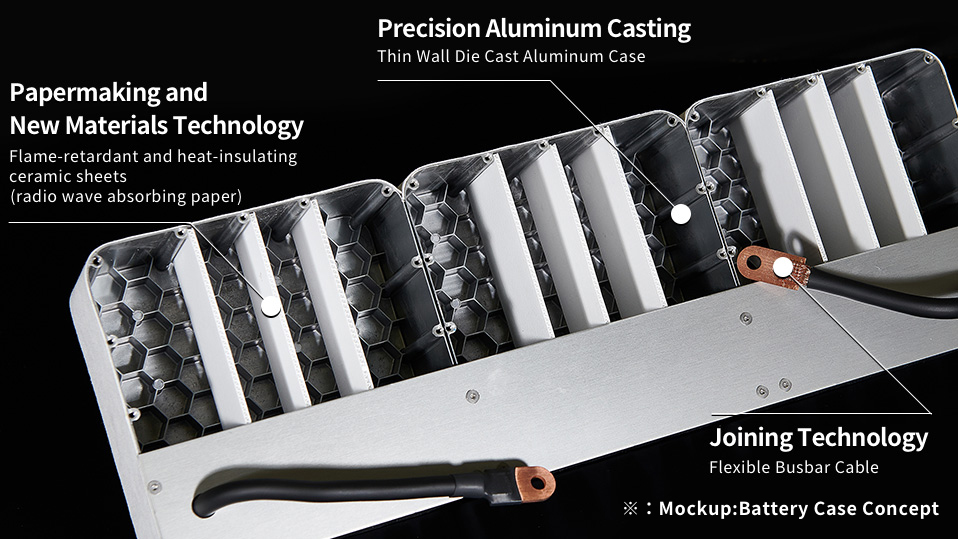
Joining of dissimilar Materials having Different Melting Points by Combining Papermaking and Casting Technologies
Combining the papermaking technology (highly functional soaked paper) and machining technology that we have refined through our world-class clutch development with the joining technology for dissimilar materials, such as steel and aluminum, we contribute not only to next-generation mobility development but also to the solution for a variety of social issues.
Ring Mash Joining
Ring Mash*1 joining, which FCC has independently researched and developed for drive train components, is a joining technology that uses the heat of electrical resistance to soften the joint and pressure weld it, realizing a quick and beautiful finish.
Instead of fusing, the metal is softened and pressure welded while in the solid state. In addition to the joining of dissimilar materials, it also enables the joining of heterogeneous materials, such as steel and aluminum, which is essential for next-generation automobiles that aim to save space and reduce weight.*2
*1. Ring Mash is a registered trademark of Origin Co., Ltd.
*2. Steel and aluminum heterogeneous joining by Ring Mash joining is a patented technology of FCC.
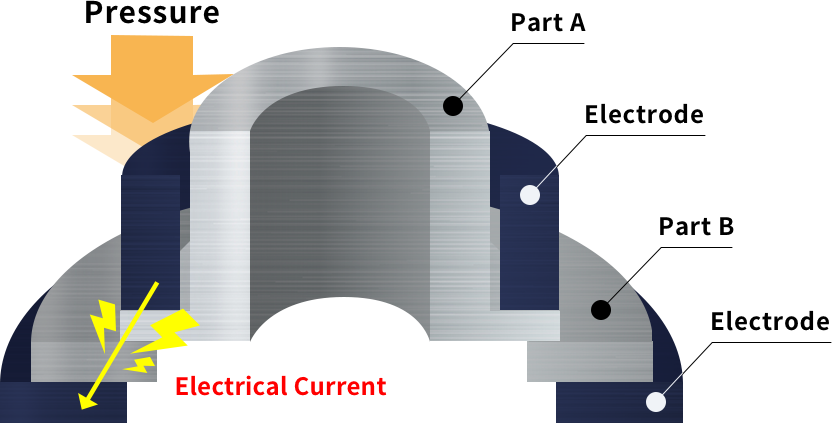
Image of Joining dissimilar Materials
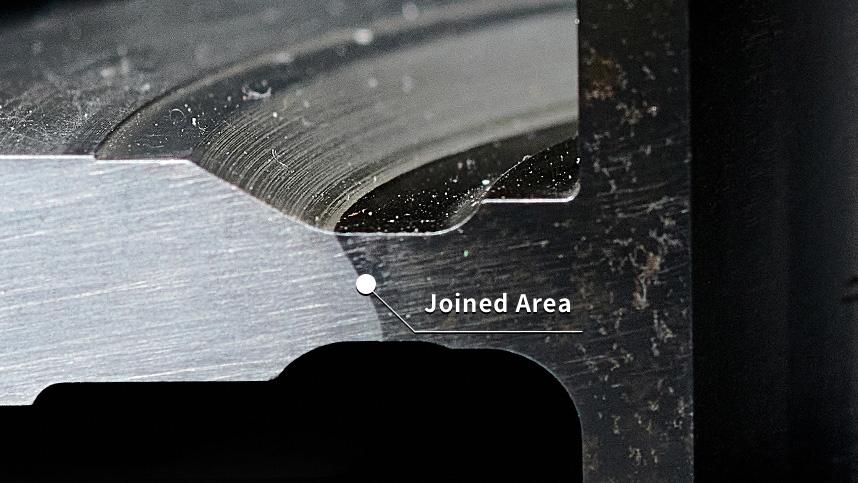
Motorcycle Pulley Parts: Joining steel and aluminum dissimilar materials
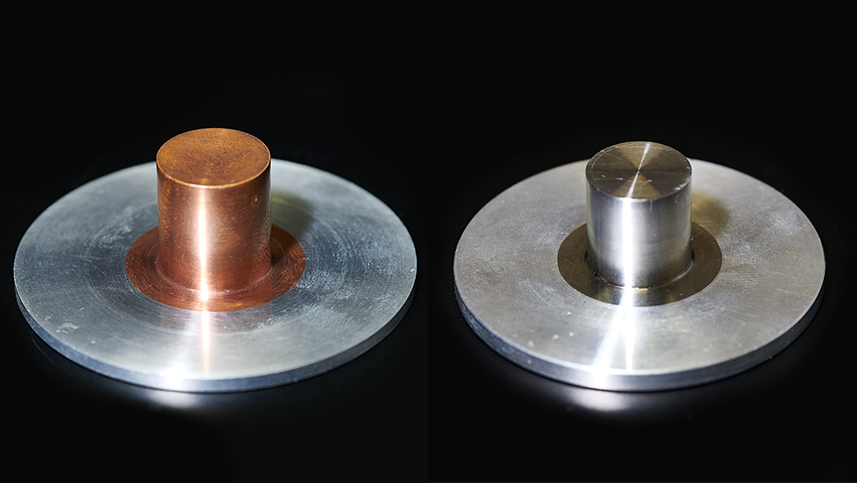
Left: dissimilar joining of copper and aluminum
Right: dissimilar joining of stainless steel and aluminum
Features
Shortened Cycle Time, Increased Efficiency
The joining surface is instantly heated and softened by an electric current, and the substrates are joined in less than 0.1 seconds.
The cycle time is drastically reduced compared to conventional methods.
Furthermore, the smoothness of the bonded surfaces eliminates the need for sputtering treatment.
Highly efficient production with minimized processing.
Achieve Lightweight and Cost Reduction by Joining dissimilar Materials
Joining dissimilar materials, such as steel and aluminum and copper and aluminum, promotes reductions in weight and the reduced cost of materials.
Ultrasonic Joining
Ideal for joining in challenging areas for EVs.
Solid phase joining where the material contact area is softened by frictional heat and metallurgically joined by ultrasonic vibrations while pressure is applied.
The process does not melt the base material, making it possible to join dissimilar materials with different melting points.
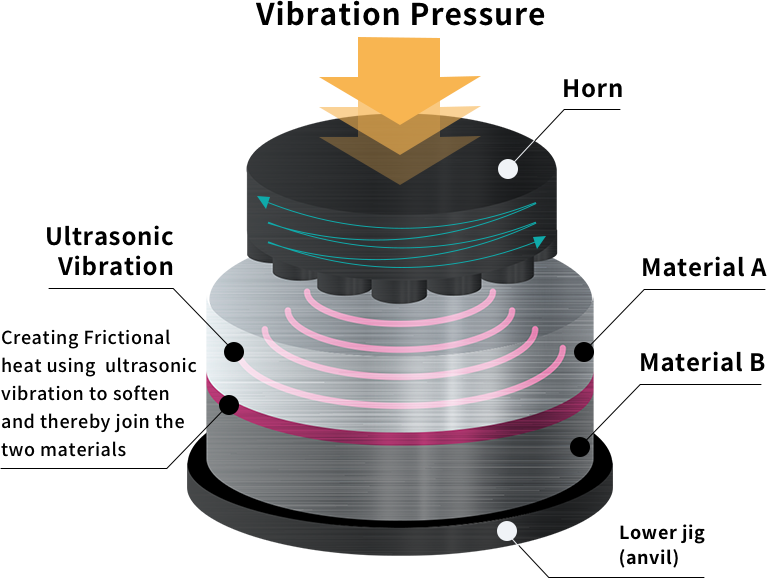
Features
Solid-phase joining in the temperature range that does not melt the base material prevents material deterioration due to heat.
Reduced energy consumption reduces costs and CO2 emissions.
Space saving, increased strength, enhanced conductivity, and higher heat resistance are ensured through direct joining (without intermediate materials).
Joining including dissimilar materials makes it possible to realize lighter weight and reduced material costs.
Other Technologies Owned
- TIG Welding
- Air Tight and Joint Strength.
Inexpensive equipment costs and low initial investment.
- MIG Welding
- Automatic feeding of welding additives improves workability compared to TIG.
- Plasma Welding
- Less thermal distortion compared to TIG or MIG welding
- Electron Beam Welding
- Deep fusion of substrates and low distortion.
Welding in vacuum does not require shielding gas, resulting in less oxidation of substrate.
- Laser Beam Welding
- Deep fusion of substrates and low distortion.
Welding in the atmosphere. Suitable for microprocessing.
- Spot Welding
- Short joining time and low thermal distortion due to heating only at the joining zone.
Comparatively inexpensive equipment cost
- Projection Welding
- Short joining time and low thermal distortion due to heating only at the joining zone.
Simultaneous multipoint joining.

Flexible Busbar Cable
We developed the Flexible Busbar Cable to efficiently carry heavy current for power applications by using ultrasonic joining technology.
Free cable routing in tight spaces by insulated and flexible cables. No special dies are required for individual parts as was the case with conventional pressed busbars. Contributing to increased design freedom and downsizing of the unit.
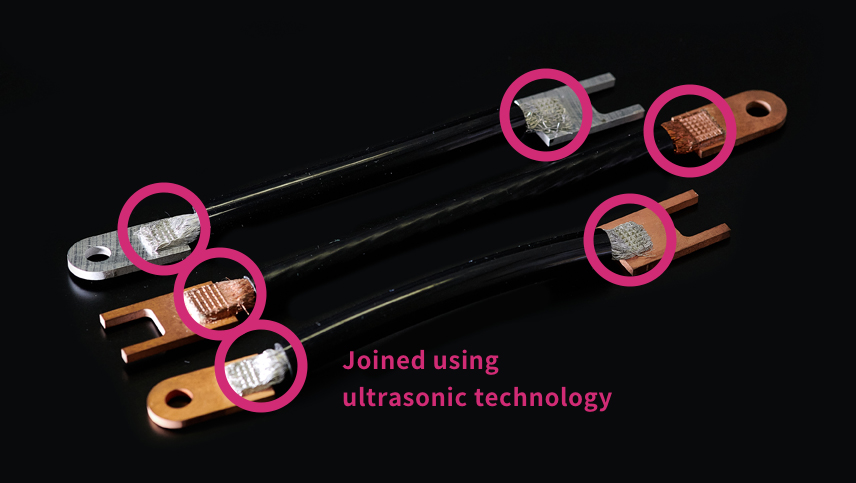
Features
Aim
Proposal of new values by substituting the manufacturing methods utilizing the advantage of FCC cores.
Overview
Positively contributing to design freedom, assembly workability, durability, and cost by using flexible cables.
Future Technological Prospects
We will propose high value-added solutions by accumulating our joining technology and know-how cultivated through the manufacture of clutches and by promoting research on joining dissimilar materials, such as copper and metal, ceramics and metal, and stainless steel and aluminum.
With lighter weight, space-saving, low distortion, high precision, process reduction, and cost reductions as our development concept, we will contribute to the joining needs in the mobility area and other fields toward carbon neutrality measures for 2050.
Application examples
